Yves Moinard
LACODAM
Efficiency Analysis of ASP Encodings for Sequential Pattern Mining Tasks
Nov 14, 2017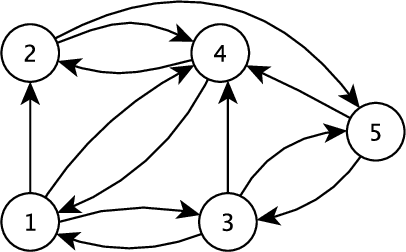


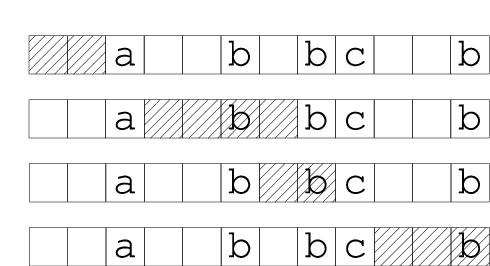
Abstract:This article presents the use of Answer Set Programming (ASP) to mine sequential patterns. ASP is a high-level declarative logic programming paradigm for high level encoding combinatorial and optimization problem solving as well as knowledge representation and reasoning. Thus, ASP is a good candidate for implementing pattern mining with background knowledge, which has been a data mining issue for a long time. We propose encodings of the classical sequential pattern mining tasks within two representations of embeddings (fill-gaps vs skip-gaps) and for various kinds of patterns: frequent, constrained and condensed. We compare the computational performance of these encodings with each other to get a good insight into the efficiency of ASP encodings. The results show that the fill-gaps strategy is better on real problems due to lower memory consumption. Finally, compared to a constraint programming approach (CPSM), another declarative programming paradigm, our proposal showed comparable performance.
Using Answer Set Programming for pattern mining
Sep 27, 2014

Abstract:Serial pattern mining consists in extracting the frequent sequential patterns from a unique sequence of itemsets. This paper explores the ability of a declarative language, such as Answer Set Programming (ASP), to solve this issue efficiently. We propose several ASP implementations of the frequent sequential pattern mining task: a non-incremental and an incremental resolution. The results show that the incremental resolution is more efficient than the non-incremental one, but both ASP programs are less efficient than dedicated algorithms. Nonetheless, this approach can be seen as a first step toward a generic framework for sequential pattern mining with constraints.
Arguments using ontological and causal knowledge
Jan 16, 2014
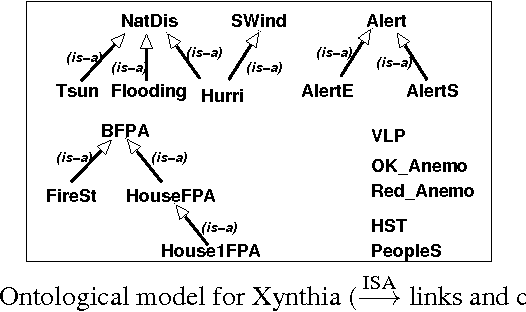


Abstract:We investigate an approach to reasoning about causes through argumentation. We consider a causal model for a physical system, and look for arguments about facts. Some arguments are meant to provide explanations of facts whereas some challenge these explanations and so on. At the root of argumentation here, are causal links ({A_1, ... ,A_n} causes B) and ontological links (o_1 is_a o_2). We present a system that provides a candidate explanation ({A_1, ... ,A_n} explains {B_1, ... ,B_m}) by resorting to an underlying causal link substantiated with appropriate ontological links. Argumentation is then at work from these various explaining links. A case study is developed: a severe storm Xynthia that devastated part of France in 2010, with an unaccountably high number of casualties.
Using ASP with recent extensions for causal explanations
Dec 03, 2010

Abstract:We examine the practicality for a user of using Answer Set Programming (ASP) for representing logical formalisms. We choose as an example a formalism aiming at capturing causal explanations from causal information. We provide an implementation, showing the naturalness and relative efficiency of this translation job. We are interested in the ease for writing an ASP program, in accordance with the claimed ``declarative'' aspect of ASP. Limitations of the earlier systems (poor data structure and difficulty in reusing pieces of programs) made that in practice, the ``declarative aspect'' was more theoretical than practical. We show how recent improvements in working ASP systems facilitate a lot the translation, even if a few improvements could still be useful.
A formalism for causal explanations with an Answer Set Programming translation
Aug 23, 2010
Abstract:We examine the practicality for a user of using Answer Set Programming (ASP) for representing logical formalisms. Our example is a formalism aiming at capturing causal explanations from causal information. We show the naturalness and relative efficiency of this translation job. We are interested in the ease for writing an ASP program. Limitations of the earlier systems made that in practice, the ``declarative aspect'' was more theoretical than practical. We show how recent improvements in working ASP systems facilitate the translation.
Ontology-based inference for causal explanation
Apr 27, 2010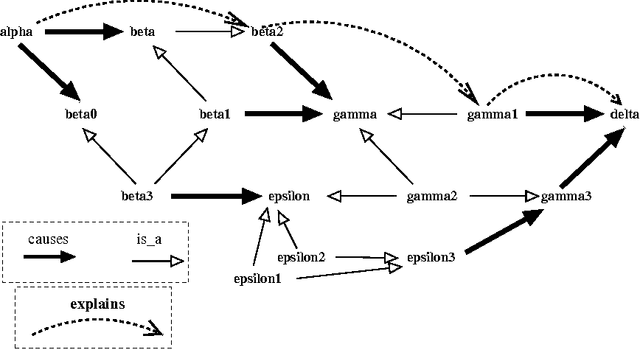
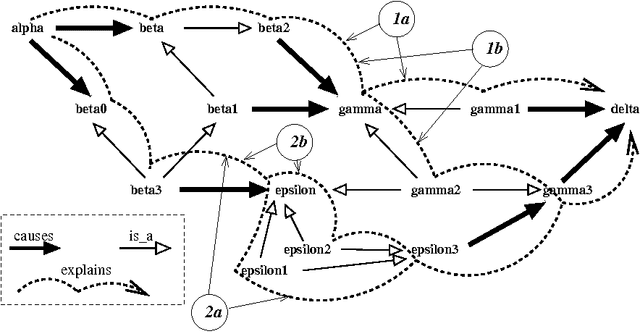
Abstract:We define an inference system to capture explanations based on causal statements, using an ontology in the form of an IS-A hierarchy. We first introduce a simple logical language which makes it possible to express that a fact causes another fact and that a fact explains another fact. We present a set of formal inference patterns from causal statements to explanation statements. We introduce an elementary ontology which gives greater expressiveness to the system while staying close to propositional reasoning. We provide an inference system that captures the patterns discussed, firstly in a purely propositional framework, then in a datalog (limited predicate) framework.
Linking Makinson and Kraus-Lehmann-Magidor preferential entailments
Aug 08, 2002Abstract:About ten years ago, various notions of preferential entailment have been introduced. The main reference is a paper by Kraus, Lehmann and Magidor (KLM), one of the main competitor being a more general version defined by Makinson (MAK). These two versions have already been compared, but it is time to revisit these comparisons. Here are our three main results: (1) These two notions are equivalent, provided that we restrict our attention, as done in KLM, to the cases where the entailment respects logical equivalence (on the left and on the right). (2) A serious simplification of the description of the fundamental cases in which MAK is equivalent to KLM, including a natural passage in both ways. (3) The two previous results are given for preferential entailments more general than considered in some of the original texts, but they apply also to the original definitions and, for this particular case also, the models can be simplified.
 Add to Chrome
Add to Chrome Add to Firefox
Add to Firefox Add to Edge
Add to Edge